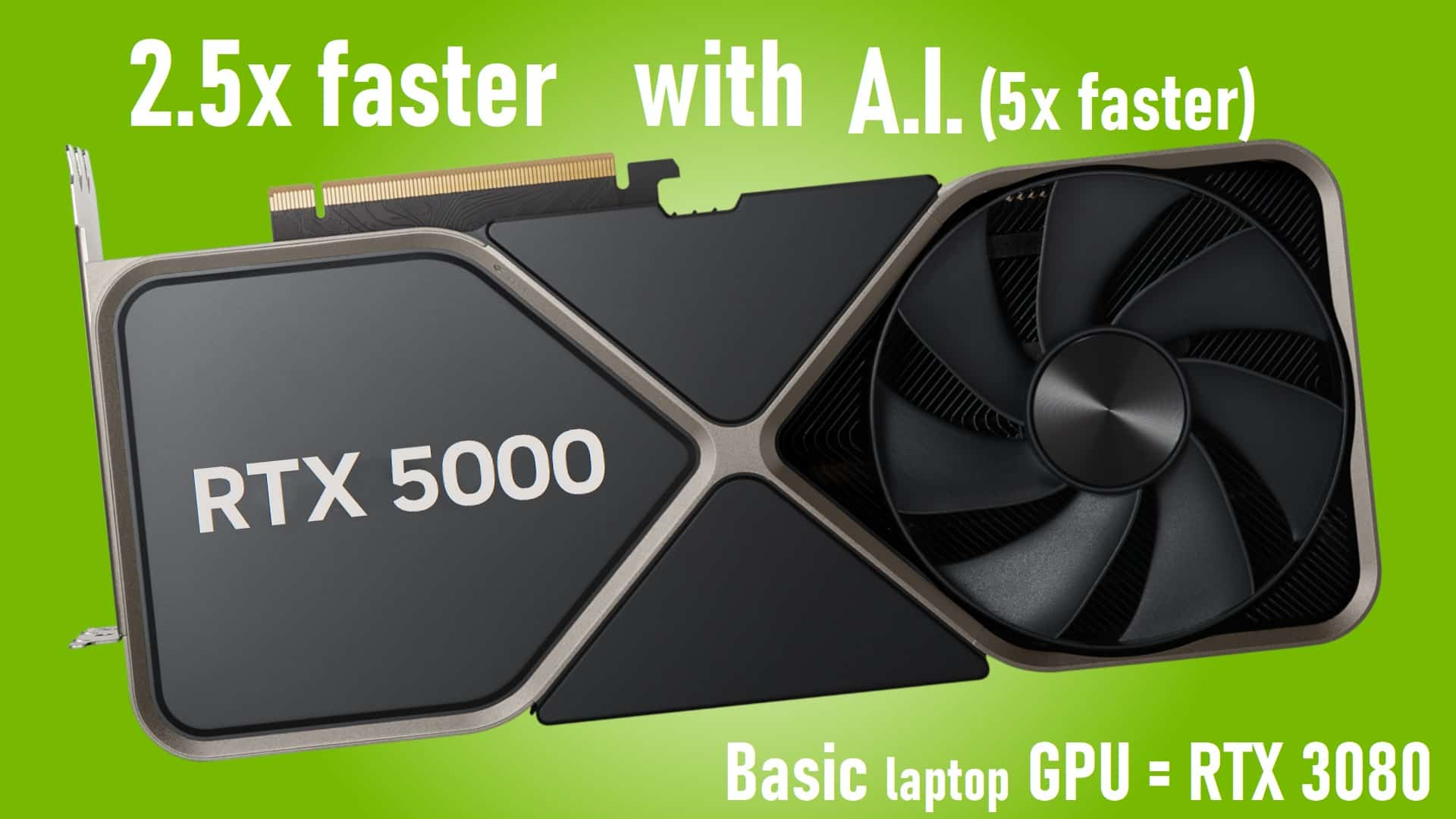In the world of gaming and technology enthusiasts, few topics generate as much excitement and speculation as the release of a new NVIDIA graphics card. The promise of improved performance, stunning visuals, and groundbreaking innovations always keeps the community on the edge of their seats. However, with each new release, we also witness a fair share of skepticism and criticism. In this article, we will dissect the recent buzz surrounding the NVIDIA 5090 graphics card and explore various opinions, predictions, and facts that surround it.
The Rumor Mill

The recent chatter in the tech world revolves around the supposed NVIDIA 5090 graphics card. According to the rumor mill, this card is poised to be a significant leap in terms of performance compared to its predecessor, the NVIDIA 4090. But, as with any rumor, we need to approach it with a healthy dose of skepticism.
Here’s a breakdown of what some enthusiasts are saying:
1. Sky-High Prices
One of the most persistent complaints in the graphics card market is the soaring prices. Many believe that NVIDIA, like its competitors, has been pushing the envelope when it comes to pricing. The assumption is that the NVIDIA 5090 will continue this trend, with some suggesting it could be a staggering 70% more expensive than the 4090.
2. The Price Resistance
But will gamers be willing to shell out such astronomical sums for the promise of improved performance? Some gamers have grown weary of the high price tags and are taking a stand by refusing to pay these inflated prices.
3. The TSMC N3 Nodes Conundrum
There’s a prevailing sentiment that the transition to TSMC N3 nodes might not be as revolutionary as we hope. Some are drawing parallels to Intel’s struggles with their 14 nm nodes, suggesting that we might see incremental improvements instead of a quantum leap in performance.
4. NVIDIA’s Monopoly and Priorities
Critics argue that NVIDIA, much like Intel in the past, is leveraging its market dominance to maximize profits rather than pushing the envelope of innovation. They believe that NVIDIA’s focus has shifted away from the gaming audience, and gaming has become more of a sideline endeavor for the company.
5. Leaked Information Strategy
A common suspicion in the tech community is that NVIDIA might intentionally leak information about its 50 series graphics cards to downplay the appeal of the 40 series. This strategy could keep consumers waiting for the 50 series, ultimately benefiting NVIDIA.
6. Performance Disparity
The performance disparity between graphics card generations is a hot topic. Some argue that the gains between the 3090 and 3080 were marginal, and the same might hold true for the 5090 and 4090. Others reference the underwhelming performance of the 4060 TI compared to the 3060 TI as evidence of a problematic trend in the graphics card industry.
An In-Depth Analysis
Now that we’ve explored some of the rumors and concerns surrounding the NVIDIA 5090, let’s delve deeper into these issues and provide a more comprehensive analysis.
Pricing Strategy
| Graphics Card | Expected Price |
|---|---|
| NVIDIA 5090 | $2100 |
| NVIDIA 4090 | $1750 |
The pricing of graphics cards is undoubtedly a contentious topic. It’s true that the NVIDIA 5090 is rumored to be significantly more expensive than its predecessor, the 4090. If the speculated price of $2100 holds true, it would represent a 20% increase. However, as mentioned earlier, some gamers are showing resistance to these exorbitant price hikes.
The TSMC N3 Nodes Dilemma
The comparison between TSMC’s N3 nodes and Intel’s 14 nm nodes is an interesting one. While some draw parallels, it’s essential to remember that technology evolves, and each iteration brings improvements. NVIDIA’s move to N3 nodes might not be revolutionary, but it could still offer performance enhancements, even if they are incremental.
NVIDIA’s Strategic Choices
NVIDIA’s strategy in the graphics card market is a subject of debate. It’s true that the company has a dominant position, which could lead to a focus on maximizing profits. However, it’s important to note that competition often drives innovation. AMD’s resurgence in recent years has kept NVIDIA on its toes, and this competition benefits consumers.

Performance Expectations
| Graphics Card | Expected Gaming Performance Increase |
|---|---|
| NVIDIA 5090 | 20% |
| NVIDIA 4090 | – |
| NVIDIA 3080 | 10% |
| NVIDIA 3060 TI | – |
The performance gains between graphics card generations can be erratic. While the 5090 is expected to offer a 20% boost in gaming performance compared to the 4090, the 3090 only provided a 10% improvement over the 3080. This variability highlights the importance of managing expectations and carefully evaluating the value of each upgrade.
The Role of Memory

One crucial aspect of graphics card performance that often goes overlooked is memory. Some argue that memory technology has lagged behind processing power, hindering overall performance.
In 2015/16, it’s believed that memory began struggling to keep pace with computational demands. The result is that graphics cards may be bottlenecked by memory limitations, even if the processing power is abundant.
The Need for Competition
The slowdown at TSMC has prompted discussions about the need for competition in the semiconductor manufacturing space. Both Intel and Samsung are emerging as potential competitors, and increased competition could lead to advancements in technology and more affordable graphics cards.
Performance Scaling
The scaling of performance in graphics cards can be a complex matter. The transition from the 4080 to the 4090 showed only a 35% performance increase despite significant hardware upgrades. This has led to two critical questions:
a) Will Scaling Issues Persist?
The performance scaling issue observed between the 4080 and 4090 might be addressed in future iterations. If this issue is resolved, the performance increase might be more significant than raw numbers suggest.
b) What About the 5000 Series?
The release strategy for the 5000 series graphics cards remains a mystery. Will NVIDIA follow the same pattern as with the 4090, intentionally holding back performance to avoid cannibalizing future sales? The 5090’s true potential could depend on NVIDIA’s strategic choices.
The Consumer Perspective
From a consumer standpoint, the focus isn’t solely on flagship cards like the 5090. Many users have budget constraints and are more interested in mid-range options. The GB203 graphics card could be a more attractive choice for those who prioritize affordability over cutting-edge performance.
The AI Factor

The integration of AI capabilities in graphics cards has become increasingly important. The NVIDIA 5090 is expected to excel in AI tasks, promising a massive 1 million percent improvement. This underscores the evolving role of graphics cards beyond gaming, extending into fields like artificial intelligence.
The Second-Hand Market
The second-hand graphics card market has seen a resurgence, with prices reaching astronomical
levels. Some blame this on the scarcity of new cards and the high demand for gaming hardware. Large tech companies like NVIDIA might also have a vested interest in keeping second-hand prices high to encourage consumers to opt for new cards instead.
Hopes and Expectations
In the end, the anticipation surrounding the NVIDIA 5090 is a mix of hope, skepticism, and curiosity. Gamers and tech enthusiasts eagerly await its release, hoping for a substantial leap in performance. However, the realities of the market, pricing strategies, and competition will ultimately shape the true impact of this graphics card.
As we navigate the ever-evolving landscape of graphics card technology, one thing remains certain: the passion and excitement of the gaming community will continue to drive innovation and push the boundaries of what is possible.
Key Takeaways
- The NVIDIA 5090 graphics card is generating significant buzz and speculation.
- Concerns about high prices and consumer resistance to premium pricing persist.
- The transition to TSMC N3 nodes is viewed with cautious optimism.
- NVIDIA’s market dominance raises questions about its strategic priorities.
- Performance gains between graphics card generations can vary widely.
- Memory limitations may be hindering overall graphics card performance.
- Competition in the semiconductor manufacturing space is seen as essential.
- The scaling of performance in graphics cards is a complex issue.
- The role of AI in graphics cards is expanding beyond gaming.
- The second-hand graphics card market is experiencing high prices.
This article has explored the various aspects surrounding the NVIDIA 5090 graphics card, from rumors and speculation to in-depth analysis and consumer perspectives. As we await its release, the gaming community remains both excited and critical, hoping for a new era of gaming performance while navigating the challenges of an evolving market.
















